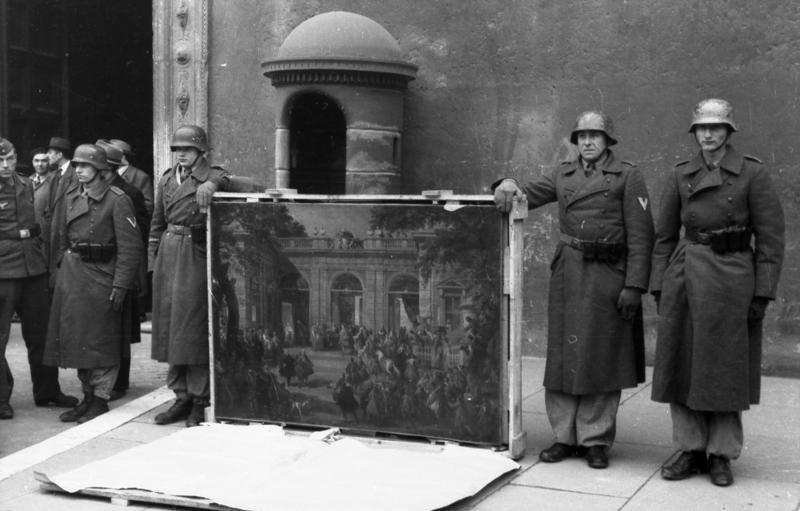It is a well-documented fact that during WWII, when Europe was in such turmoil, Nazi Germany looted millions of dollars worth of artwork from the legitimate owners. The descendants of the original owners of the artworks have been struggling for many years to claim back the masterpieces that were originally in their possession.
The latest case is that of Marei von Saher vs. The Norton Simon Museum in Pasadena over the ownership of two life-size artworks “Adam” and “Eve” painted by Lucas Cranach the Elder around 1530. The paintings depict the Biblical characters Adam and Eve in the Garden of Eden. In 2006, the paintings were valued at $24 million.
The case, which was heard before U.S. District Court Judge John F. Walter, was to determine the legality of the ownership of the paintings by the museum. Von Saher alleged that the paintings were looted from her father-in-law, Jacques Goudstikker, during WWII when his family fled from Holland to avoid the Holocaust.
The museum responded that they had bought the paintings from the family of Russian aristocrats, who recovered them from the Soviet authorities when they were erroneously taken in the 1920s.
This case, as with many of a similar nature, is fraught with many emotional issues, but the judge ruled in favour of the museum saying that Goudstikker had not sought restitution for these paintings after the war and had therefore abandoned their claim to the pictures.
The museum was naturally very pleased with the decision and a spokesman told an interview with the Los Angeles Times that the decision was mindful of “the facts and law at the heart of the dispute.”
Von Saher, was obviously very disappointed and intends to appeal the decision. She also refuted the claim made by the museum that her father was a member of the Nazi Party. Her legal team issued a statement saying, “Using this information in an attempt to discredit Ms. von Saher is nothing more than a distasteful device to evade responsibility for refusing to restitute artworks that were indisputably stolen from her husband’s family.”
